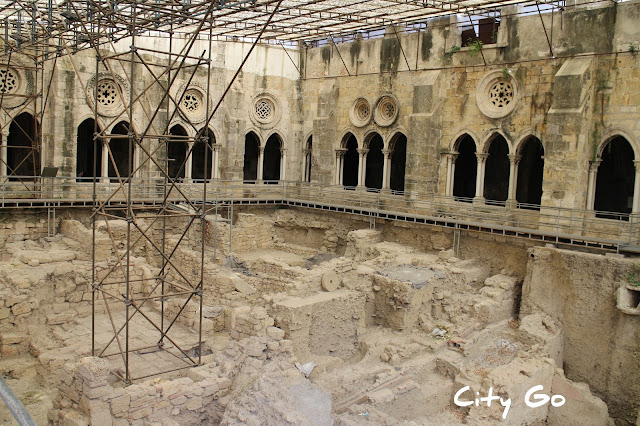Conimbriga, Portugal
Conimbriga was inhabited at least since the 9th century BC until the 7th-8th centuries AD. The first settlement dates from the Chalcolithic and it's likely that the site was inhabited even sooner, during the Stone Age. By the 8th century BC, Conimbriga was trading with the Phoenicians through a nearby Phoenician trading post.
When the Romans arrived in the 1st century BC, Conimbriga was a blooming settlement. It was easily Romanized and became a prosperous city. With the Romans came formal organisation, urban planning and a set of public buildings such as the forum, baths and even an amphitheatre. Between 70 and 80 AD, the city was elevated to the status of municipium. With the first Barbarian invasions, the defensive walls were reinforced; a paleo-Christian basilica was built in the 4th century.
In the 5th century AD, the city was attacked and pillaged by the Suevi leading to its slow decline and abandonment. By 589 Conimbriga ceased to be the episcopal seat, which moved to nearby Aeminium (nowadays Coimbra).
The first formal excavations in Conimbriga started in 1873. It is one of the largest archaeological sites in Portugal.
Opening hours: 10 a.m. to 7 p.m.
Entrance fee: €4.50
How to get there: There are public transports from Coimbra to Condeixa, but they only operate a few times per day. Going by taxi costs about €36, roundtrip.












Comments
Post a Comment